(January 14, 2024) Chef Lakhan Jethani has always had a fascination for all things Japan; especially its cuisine. He is well-versed in all aspects of this fascinating country and its culture – from the Shojin Ryori cuisine of the monks to the principle of working with five ingredients only.
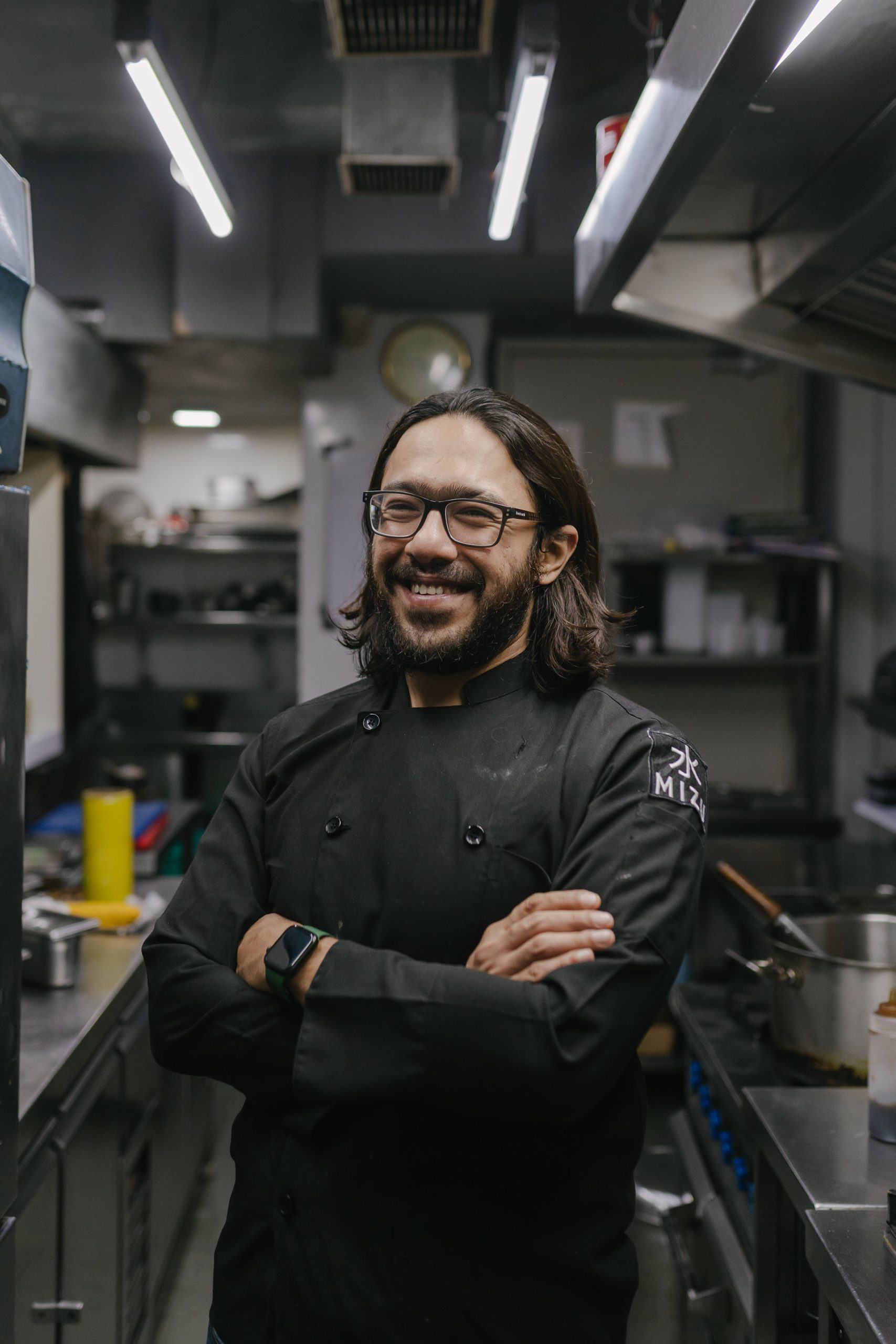
Chef Lakhan Jethani
Though he is not a fluent speaker of Japanese, he understands the language fairly well. One word he would have heard most often for the food he cooks would have to be ‘Oishii’ which means delicious. And, if you look at his picture, he could pass off as a young man hailing from Japan due to his genetic heritage, as his great-grandmother had roots in the North East of India. This is just as well, because he has completely immersed himself in Japanese cuisine, and continues to delve deeper into it.
Early days of cooking
In an exclusive with Global Indian, the 34-year-old Chef Lakhan, a partner and the head chef at Mizu Izakaya, an upmarket Japanese restaurant, remembers, “When I was around 12, I would go for tuitions with other kids from my building. Once I made tomato baskets – with the flesh scooped out, filled with fruit pieces, and tossed in salt, pepper, and chaat masala. I took them for everyone at the tuitions; that is my first memory of cooking.”
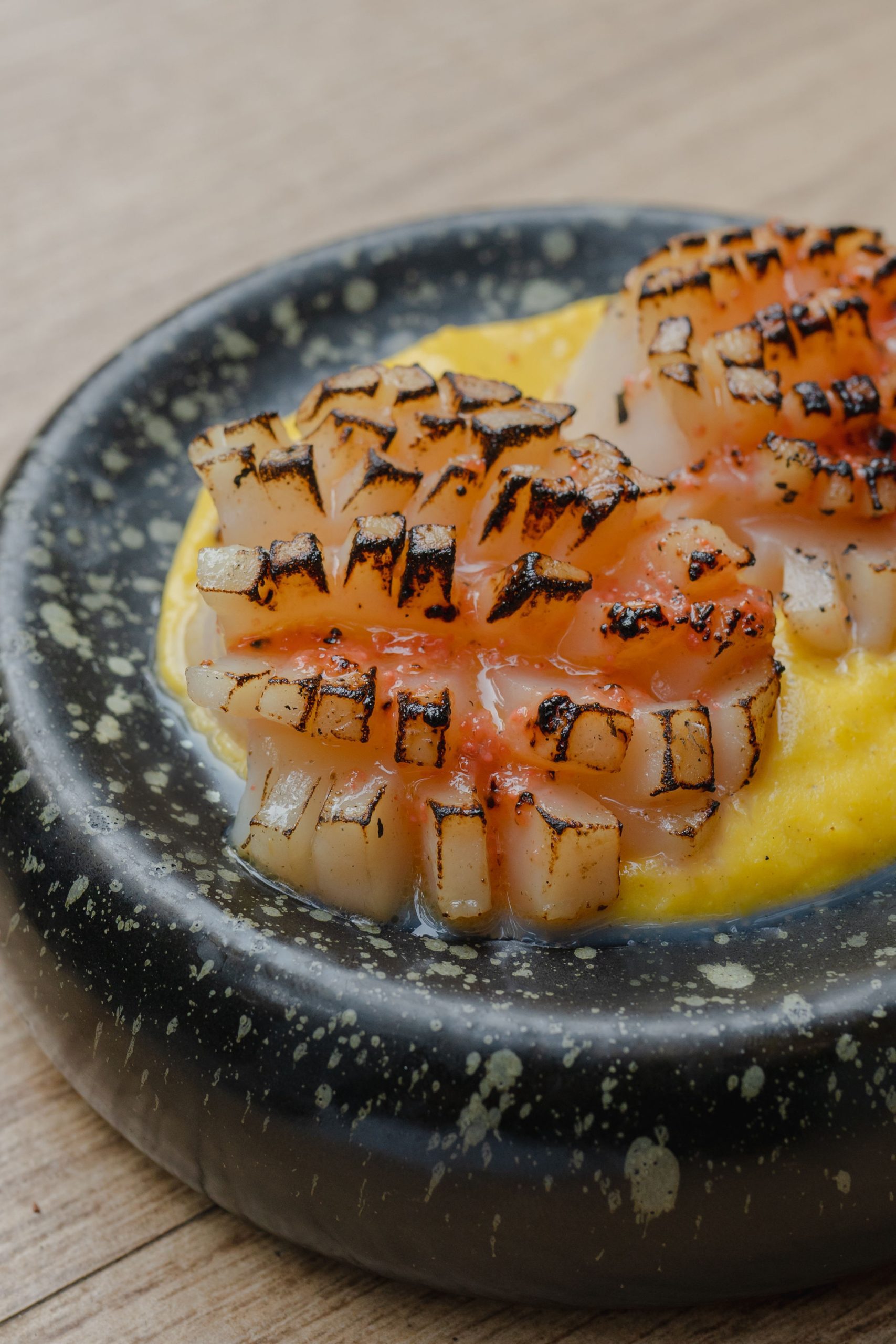
Hokkaido Grilled Scallops with Mentaiako
At 17, after finishing his 12th grade in the IB curriculum, Chef Lakhan enrolled at the Glion Institute of Higher Education in Montreux, Switzerland. He recalls the unusual manner in which they were taught there. “The college had a beautiful five-star hotel which the students managed. The kitchen batch guys would run the kitchen, the housekeeping ones would make the beds for all of us and the cafeteria batch managed everything at the two cafeterias. We were taught everything in a practical way. I also got into a couple of internships during breaks. I worked at Zenzi in Mumbai for six months and for the second internship, at the Marina and Ocean Club Kitchen at Myrtle Beach in South Carolina.
“It is a town that is similar to Miami but smaller. After going back to Switzerland, I did one more internship at the JW Marriott and several weekend part-time jobs at different kitchens. I came back to India after I completed my bachelor’s degree and launched IBar, an upscale cocktail and gastro pub that served food that was better than what is usually served at pubs. This was in Bandra Reclamation, behind Lilavati Hospital, in Mumbai.”
Making a strong foundation
The chef ran IBar for five-and-a-half years and the stint convinced him more than ever, that he wanted to spend the rest of his life in the kitchen. But that meant he needed to have some more certifications under his chef’s hat. “I had to study for three more levels, especially in bakery and pastry if I wanted to be a chef. At 26, I went to the International Centre for Culinary Arts, Dubai to do a specialisation course. After that, I joined Chef Thomas at Bombay Canteen.”
View this post on Instagram
Underlying this entire career path was a deep and abiding interest in Japanese philosophy, culture, and food. He says, “I liked origami since I was a kid, and Japanese philosophy, how they treated their ingredients and their approach towards Mother Earth. I used to dream of studying and working there so I found my way to Japan for some culinary studies.”
Here, Chef Lakhan worked with Daisuke Namura, a third-generation chef who headed Sougo in Tokyo. Namura had worked earlier with the restaurant Daigo, started by his grandfather, which was a two-Michelin star restaurant. Namura was the chef’s mentor. He recalls, “Namura worked at his family restaurant for ten years. The food and ambiance there were very formal and extremely culture-driven. He launched Sougo as a more relaxed place and he is best known for his contemporary creations that have reinterpreted Shojin Ryori cuisine.”
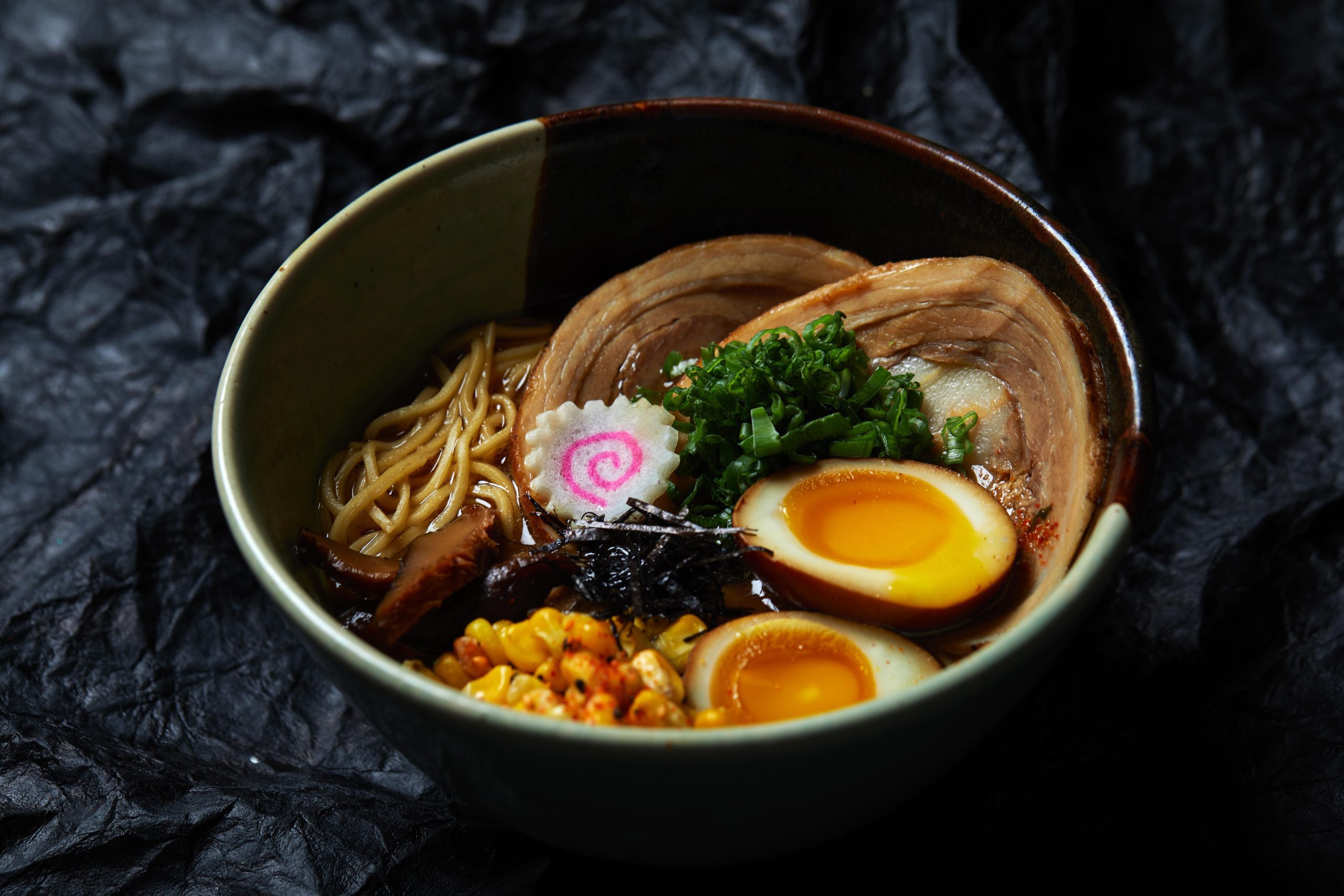
Ramen Saporro
The cuisine there was Japanese at heart but creative. “The restaurant followed a rule of five – five flavours – salty, sweet, sour, bitter, and umami, the fifth taste. The colours he worked with were black and white, red, yellow, and green. These flavours are drawn from ingredients to provide balanced nutrition to the body and equilibrium to the mind. He was also a teacher at the local university; I learnt a lot from him in three months. I also did a course on how to make Soba noodles – which are made from buckwheat flour or kuttu atta as it is known in India. I plan to launch these noodles here at Mizu soon where they will be made in-house and hand-cut.”
Fun and food, the Japanese way
On his return, in 2018, the chef set up a test kitchen to work on the ideas he had based on his learnings. He then wanted to go to Russia to learn some more. But, his childhood friend Vedant Mallik, with whom he had made plans during their early years that they would set up a restaurant together, intervened and suggested they should work on that dream instead of Chef Lakhan going off to foreign shores again.
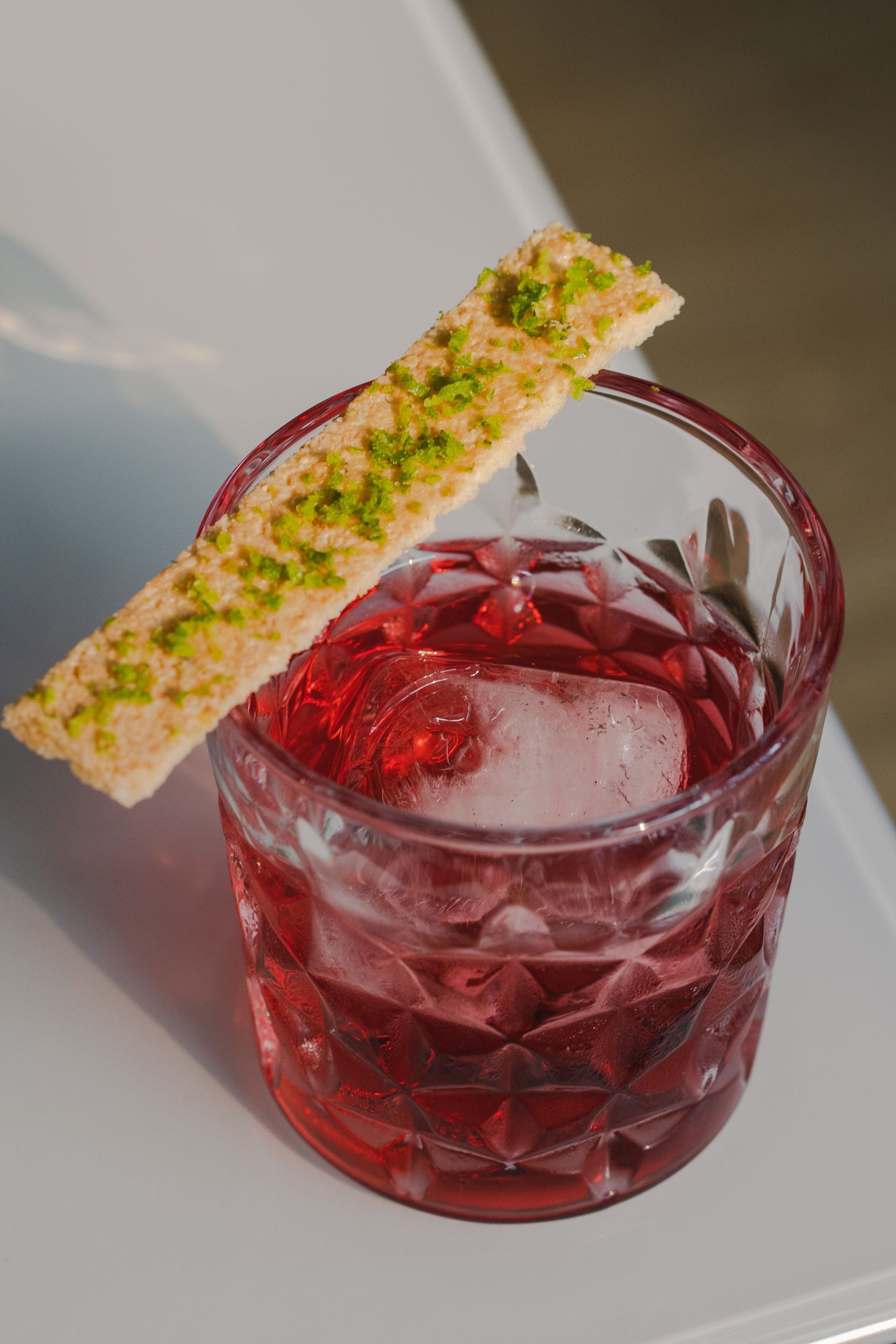
Mizu Negroni
In 2019, the friends decided to launch Mizu Izakaya in Khar, in suburban Mumbai. The name means relaxed, fun, upscale dining. After COVID, they are back in the game and 80 percent of their ingredients are sourced from Japan. The chef adds however that, “We are very conscious of our carbon footprint, so what can be sourced locally, like crabs and prawns, we get from here. In keeping with this principle, we also work on recipes to eliminate wastage. So, the vegetable waste from a California roll is fermented and made into a hot sauce. The kitchen staff have to devise recipes using the ingredients that would otherwise go to waste. This is an annual task for them.”
The current food trend in Japan is Shojin Ryori cuisine – temple food cooked by monks. Sans any onion and garlic, it can be compared to Jain or sattvik food. But that is where the similarity ends. Chef Lakhan says, “This cuisine is becoming more and more prominent as it is quite different from other parts of the world. I have taken Shojin Ryori to the next level in my menu where the veg ramen has no ginger and garlic and the Shojin Dashi broth is made with seaweed and mushrooms. I also try and apply the rule of five to my veg and non-veg dishes.”
View this post on Instagram
Since he has worked with practically all kinds of ingredients, which is the one he likes the most? He says promptly, “Eggs. They are one of my favourite ingredients as you can cook an egg in a hundred different ways. It is so tasty no matter which way you cook it.”
Desi khana goes global
The chef innovates with Japanese cuisine and introduces influences from Indian cuisine as well. He says, “I switch to Indian ingredients when I can; when we were not able to source Japanese lemons, I started using the gondoraj lemon which comes from West Bengal and the North East. The salmon and gondoraj truffle is one of our star dishes. I also have a smoked garam masala sauce that I use for our Hamachi carpaccio. In our desserts, we use the Alphonso mango for our kakigori which is outstanding, as are the strawberries we get here.”
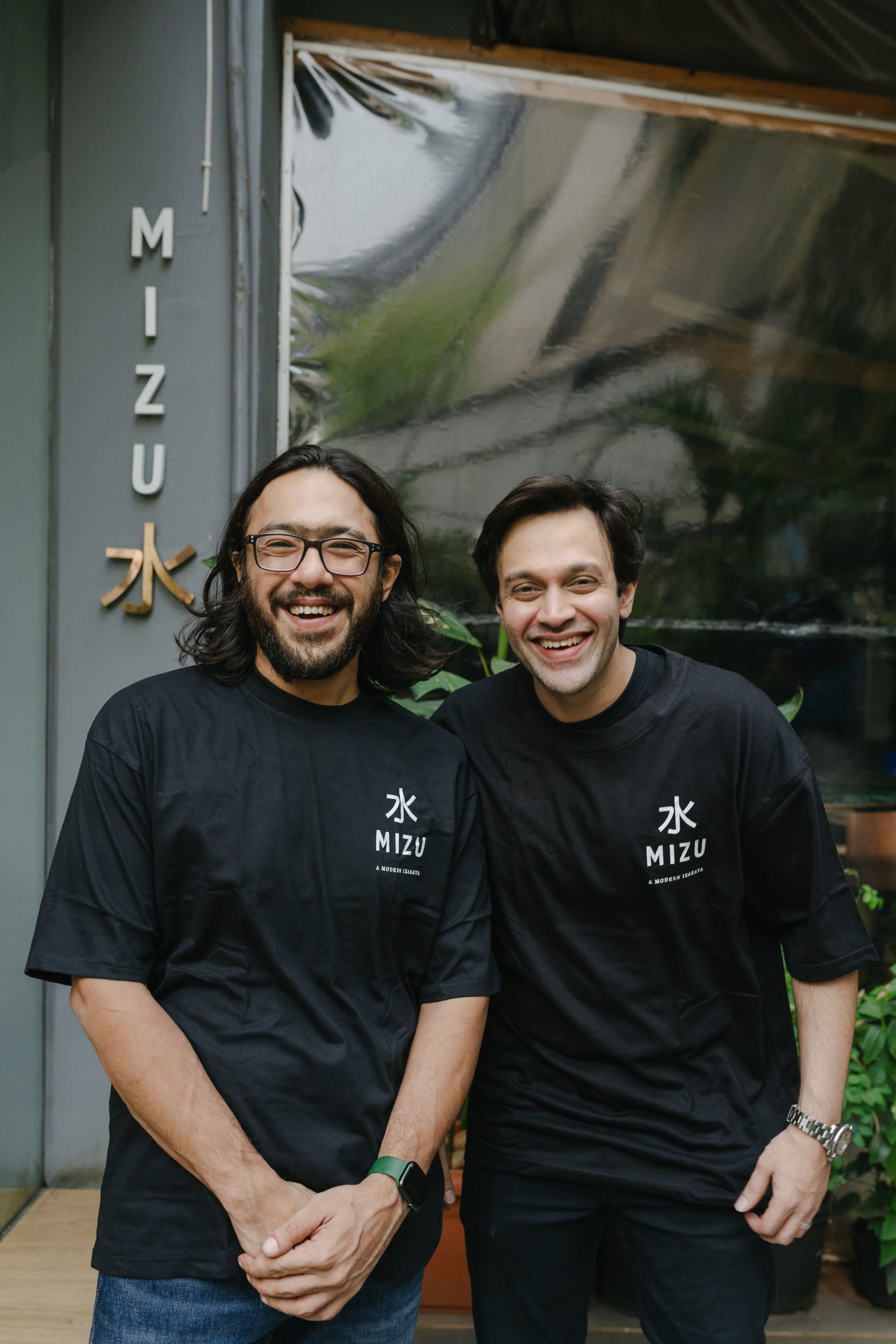
Chef Lakhan with his friend and partner, Vedant Mallik
Speaking of global trends, Chef Lakhan believes that currently, Japanese food dominates the world of eating out, especially fine dining. But vouches that “Indian and South East Asian cuisines like Taiwanese are going to be the next big thing. Regional Indian food is already becoming popular with so many chefs and restaurants winning Michelin stars. Chefs like Himanshu Saini are pushing boundaries – you only have to see how pani puri is driven into various formats to know how much Indian food has scored on the world stage.”
And even as the young chef keeps going back to Japan to work at sushi joints to brush up on his knowledge, what he comes back and creates, transforms into sheer art.
While travelling, Chef Lakhan likes to eat at:
- Sougo, Yakuo, Diago, all in Tokyo: Seasonal tasting menus
- Matsunozushi, Tokyo: Aanago fish
- Torigin, Ginza, Tokyo: Taukune skewers
- Masque, Mumbai: Chef Varun’s tasting menu
- Bandra Born, Mumbai: East Indian crab dip and pav brioche
- Hashida: Singapore: the signature hand roll and edamame espuma parfait
- Sg Low, Singapore: Mentaiko mac and cheese
Follow Chef Lakhan Jethani and Mizu Izakaya on Instagram
